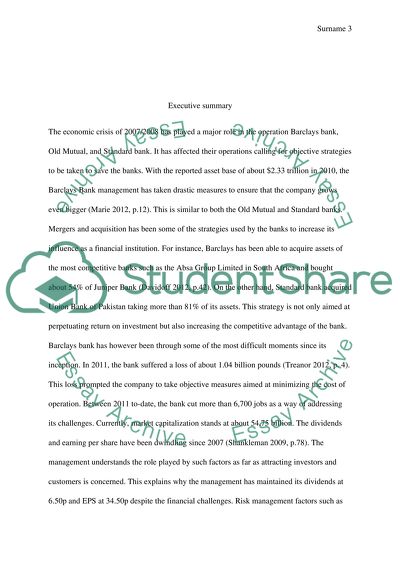Cite this document
(“Finance essay: Risk Management and Investment Essay”, n.d.)
Retrieved from https://studentshare.org/finance-accounting/1404002-risk-management-and-investment-ii
Retrieved from https://studentshare.org/finance-accounting/1404002-risk-management-and-investment-ii
(Finance Essay: Risk Management and Investment Essay)
https://studentshare.org/finance-accounting/1404002-risk-management-and-investment-ii.
https://studentshare.org/finance-accounting/1404002-risk-management-and-investment-ii.
“Finance Essay: Risk Management and Investment Essay”, n.d. https://studentshare.org/finance-accounting/1404002-risk-management-and-investment-ii.


